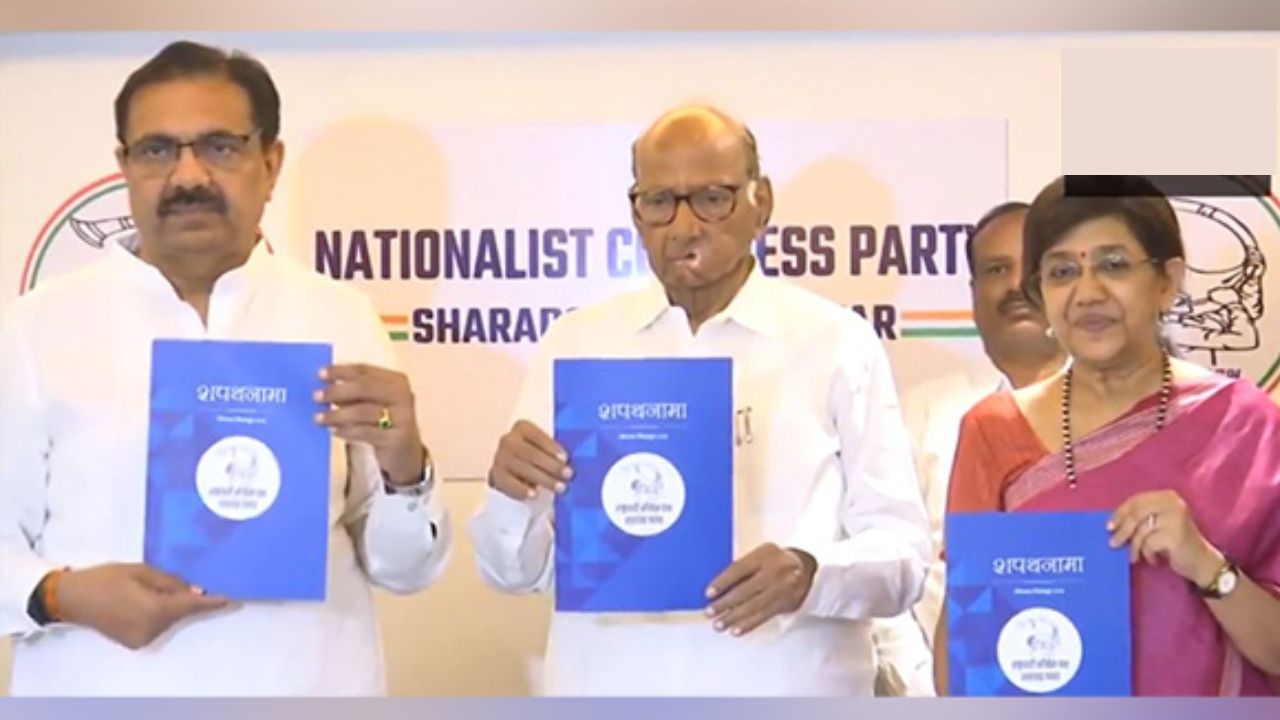With the Zenfone Max Pro M1, ASUS has the only real competitor to Xiaomi’s Redmi Note 5 Pro

ASUS, the Taiwanese tech company, isn't the first that comes to mind when thinking about which smartphone to buy next. In the past few years, one and only one name has become household. It's on the top of everyone's lips. That company grew at a level unimaginable. It's none other than Chinese electronics company Xiaomi.
ASUS may have fared well in the early days of its Zenfone series but it has faltered with every subsequent device and culminated with one of the worst smartphones - Zenfone Live - the Indian market has seen in recent years.
Losing major chunks of its marketshare can be penned down to updates that come months too late, after-sales service being virtually non-existent and substandard build quality. Like all smartphone manufacturers, ASUS has its loyal fans but needs to cater to more than just that lot. 2018 is a make-or-break year for the company and things are already looking up.
Just look at last year's flagship from the company. The company has gone from the days of its bulky 5.5-inch devices to today's ASUS Zenfone 5, a 6.2-inch flagship that has a similar footprint to last year's Zenfone 4. It's lighter and feels good in the hand.
While India isn't getting any of the devices launched at Mobile World Congress in Barcelona in February, it is getting a device of its own. An India-device first, the Zenfone Max Pro M1 is the first device to deliver a knockout punch to Xiaomi's Redmi series of smartphones. The Redmi series has constantly delivered hits - Redmi Note 4, Redmi Note 5 Pro, etc - and no smartphone player has ever come close. Until today.
With the Zenfone Max Pro M1, ASUS has decided to go vanilla. It isn't partnering with Android One, like HMD Global, but it is delivering its own pure build of Android. This is a refreshing change from the heavily customised and full-of-bloatware ZenUI.
The M1 (as I will refer to the smartphone going forward) is the second smartphone in India with the Snapdragon 636 processor. It's a chipset that doesn't stutter. Throw anything at it and it will conquer it with ease.
All in all, the M1 starts at just Rs 10,999 (3GB+32GB variant). Compare that with the Note 5 Pro (as I'll refer to it going forward) that starts at Rs 14,999 (4GB+64GB variant) and that's more than enough you need to know.
It's 2018 and the game has changed. Wake up Xiaomi, or else you may not be the #1 smartphone player by the end of the year.
This isn't the review you may expect but let me just sum up the smartphone for you.
For far too long the Indian smartphone market has let Xiaomi run free. Not anymore. In comes the M1. The M1 is a smartphone with guts and a heart. It's the most value for money smartphone out there. It's got pure Android running. It's got a beefy battery. It has a lag-free performance. The M1 also doesn't get hot even when charging or gaming. Where the M1 falters is with its biometric authentication.
The fingerprint sensor lags behind the competition and the 'Face Unlock' feature doesn't work in anything other than good lighting. Then there is the 8-megapixel front-facing selfie camera that isn't worth much of a mention. The depth effect should be scrapped altogether. The selfies itself come with a lot of noise. Despite its few negatives, the M1 is a smartphone that offers fantastic value.
Going forward, the M1, and not the Redmi's should be the defacto choice in the budget segment.
ASUS over Xiaomi
1. Battery. Battery. Battery: ASUS has beaten Xiaomi at its own game. Combine a 5,000 mAh battery with a pure build of Android and you've got a battery champ. I easily got over one and a half days. Usually, just before sleeping on the second day, I would plug in the smartphone. With Xiaomi's 4,000 mAh battery, the maximum the Note 5 Pro would last was until lunchtime on the second day.
Winner: M1
2. Software: I've been a detractor of the MIUI Android skin since the days of the Mi 4i. Whilst it has gotten better, nothing can beat an Oxygen OS, or a pure untouched build of Android. The Note 5 Pro comes with MIUI 9.2 based on Android 7.1.2 Nougat. The M1 comes with Android 8.1 Oreo with the promise of regular updates.
Winner: M1
3. Speed: Both smartphones come with the Snapdragon 636 chipset. ASUS sells both a 3GB and a 4GB variant. Xiaomi's comes with 4GB or 6GB. Both offer robust performance. There is no doubt that an unnecessarily heavily-customised MIUI will lose out to a pure build of Android. Especially when the former is based on a previous version of the Android OS.
Winner: M1
4. Display: Both devices sport 5.99-inch IPS LCD displays with a resolution of 2160x1080. Both are almost identical. Both offer vivid colours and great viewing angles. It's nearly identical and in fact, the M1 has gotten better with software updates.
Winner: It's a tie
5. Design: I'm going to give it to the Note 5 Pro only because it feels more premium. Both get dirty easily, both feel good in the hand and both have similar designs. It's up to personal preference, but let's give it to the Note 5 Pro for feeling like it's been crafted with a little more care.
Winner: Note 5 Pro
Note: Two colleagues of mine said they liked the feel of the M1 over the Note 5 Pro because it was more understated and felt good to hold.
Note 2: Despite a battery that is larger by 1,000 mAh, the M1 is lighter by 1g.
6. Screen protection: The Note 5 Pro wins because it has Gorilla Glass, while the M1 is devoid of any protection.
Winner: Note 5 Pro
7. Camera: No need to talk about the front-facing selfie cameras as both lacks in depth and clarity. On the rear though, the M1 wins outdoors while the Note 5 Pro wins indoors. I'll have an in-depth comparison in the next few days, but taking into consideration the fact that the Note 5 Pro has a better sensor, the M1 comes pretty close.
Winner: It's another tie
8. Value for money: It's a no-brainer between the two. The M1 comes out on top with its pure Android build, cheaper retail price and larger battery. The M1 is a couple of thousand rupees cheaper and that's quite significant. Especially when their specifications are nearly identical on paper.
Winner: M1
Budget segment loyalties change upon which smartphone offers the most bang for the buck. For the past three years, Xiaomi was the undisputed choice for many and that showed in all the market share the Chinese company garnered. It's been a long time since we've had a true competitor and with ASUS finally jumping in with a worthy smartphone, allegiances might just switch overnight.
Xiaomi has won over its fans by being the most affordable smartphones in the segment. That isn't the case anymore and thank god for that. Competition breeds better products and for far too long, Xiaomi has had a free reign.
The days of Chinese ruling the Indian budget smartphone market are nearing its end.
Asus ZenFone Max Pro M1 update brings Face Unlock and April security patches https://t.co/hGEWClOEfH pic.twitter.com/Kr1z7WiMwl
— XDA Developers (@xdadevelopers) May 4, 2018
Verdict
You may be asking as to where is the in-depth review. Well, you can find those at countless other websites. The best way to talk about the M1 is to talk about its nearest rival. Its nearest rival - Note 5 Pro - is a smartphone that it constantly outshines. The Taiwanese are coming for the Chinese money. They are here to compete.
Thank you ASUS for being the company that brings an India-first smartphone to take on the heavyweight Note 5 Pro. You've done a commendable job. Let's hope you keep up your promise of consistent updates and your smartphone will do well.
The M1 is a phone that doesn't compromise on the basics. That's key if you want to survive in the budget segment. With a price point of just Rs 10,999, one honestly can't ask for more. Let's hope the M2 (whenever that releases) raises the bar even further.
First published: 6 June 2018, 18:30 IST






![BJP's Kapil Mishra recreates Shankar Mahadevan’s ‘Breathless’ song to highlight Delhi pollution [WATCH] BJP's Kapil Mishra recreates Shankar Mahadevan’s ‘Breathless’ song to highlight Delhi pollution [WATCH]](http://images.catchnews.com/upload/2022/11/03/kapil-mishra_240884_300x172.png)

![Anupam Kher shares pictures of his toned body on 67th birthday [MUST SEE] Anupam Kher shares pictures of his toned body on 67th birthday [MUST SEE]](http://images.catchnews.com/upload/2022/03/07/Anupam_kher_231145_300x172.jpg)





_251372_1280x720.jpg)
_251371_1280x720.jpg)